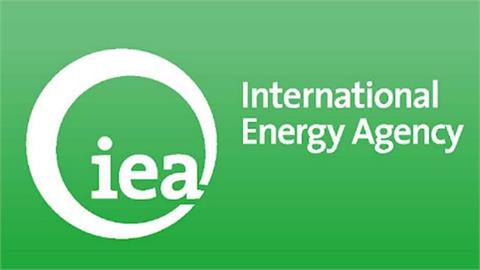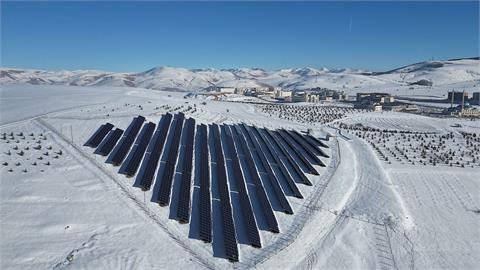Germany’s energy regulator and Gazprom have agreed terms of a deal giving the subsidiaries of the Russian group greater access to the Opal gas pipeline, which the European Union approved a month ago.
The Opal transport company is owned by Gazprom and German chemical firm BASF.
The EU lifted a limit on Gazprom’s use of the infrastructure, which takes gas from the subsea Nord Stream pipeline into central Europe, paving the way for Russia to expand Nord Stream’s capacity and to bypass Ukraine as a gas transit route.
"The latest agreement represents a balanced compromise between the interests of the parties and the demands of the market, which has been brought in line with the German energy law,” Eduard Schmitke, managing director of OPAL Gastransport, said in a statement.
Since its completion in 2011, Gazprom, which supplies a third of the EU’s gas, had only been allowed to use 50% of Opal under an EU ruling aimed at preventing dominance of supply infrastructure.
In the latest deal, rivals will in theory be able to use up to 20% of Opal’s 36 bcm capacity if there is high demand.
But on top of retaining the 50% share, Opal was given the right to bid for up to 12.8 bcm of additional carrying capacity if other suppliers do not take it up.
The first monthly auction of volumes will be carried out in January on a platform called Prisma, the statement said.
The 470 km-long Opal link runs from eastern German Lubmin, near where Nord Stream 1 pipeline gas volumes land, to Brandov in the Czech Republic.
In May Germany pushed a plan that would have given Gazprom almost full access to Opal, but this was rejected by the EU.
In order to help ensure transit to Europe and supplies to Ukraine in winter, the EU compromised by linking a deal to guarantees that Gazprom will keep piping gas across Ukraine after its contract expires in 2019.
The compromise removed a key hurdle to Gazprom’s plan to double Nord Stream capacity in Nord Stream 2.
But fearing Gazprom’s market dominance and possibly being cut off from current gas grids in future, Poland has said it might take legal action against the move.
Background
The Nord Stream twin pipeline system brings Siberian gas directly to Germany under the Baltic Sea, bypassing Ukraine or Belarus. The two 1,224-kilometre offshore pipelines are the most direct connection between the vast gas reserves in Russia and energy markets in the EU.
The pipeline was awarded its final building permit on 12 February 2010. Construction of Line 1 began in April 2010, and was completed in June 2011. Transportation of gas through Line 1 began in mid November 2011.Construction of Line 2, which runs parallel to Line 1, began in May 2011 and it was completed in April 2012. Gas transport through the second line began in October 2012.
Nord Stream is designed to transport up to 55 billion cubic metres of gas per year, enough to supply more than 25 million households.
Nord Steam is a joint project of four major companies: Gazprom, BASF/Wintershall Holding AG, E.ON Ruhrgas AG and N.V. Nederlandse Gasunie. Gazprom leads the consortium with a 51% stake.
The pan-European nature of the pipeline is underscored by its status as a project under the EU's Trans-European Networks energy guidelines.
(Euractiv.com)



